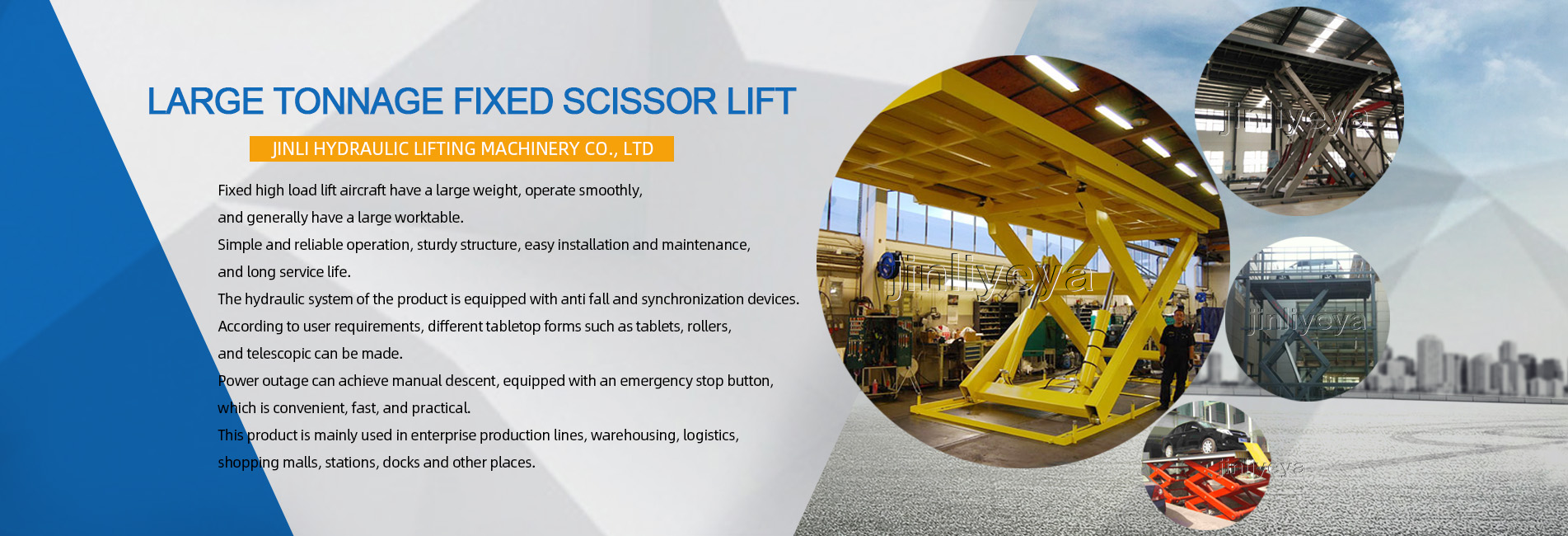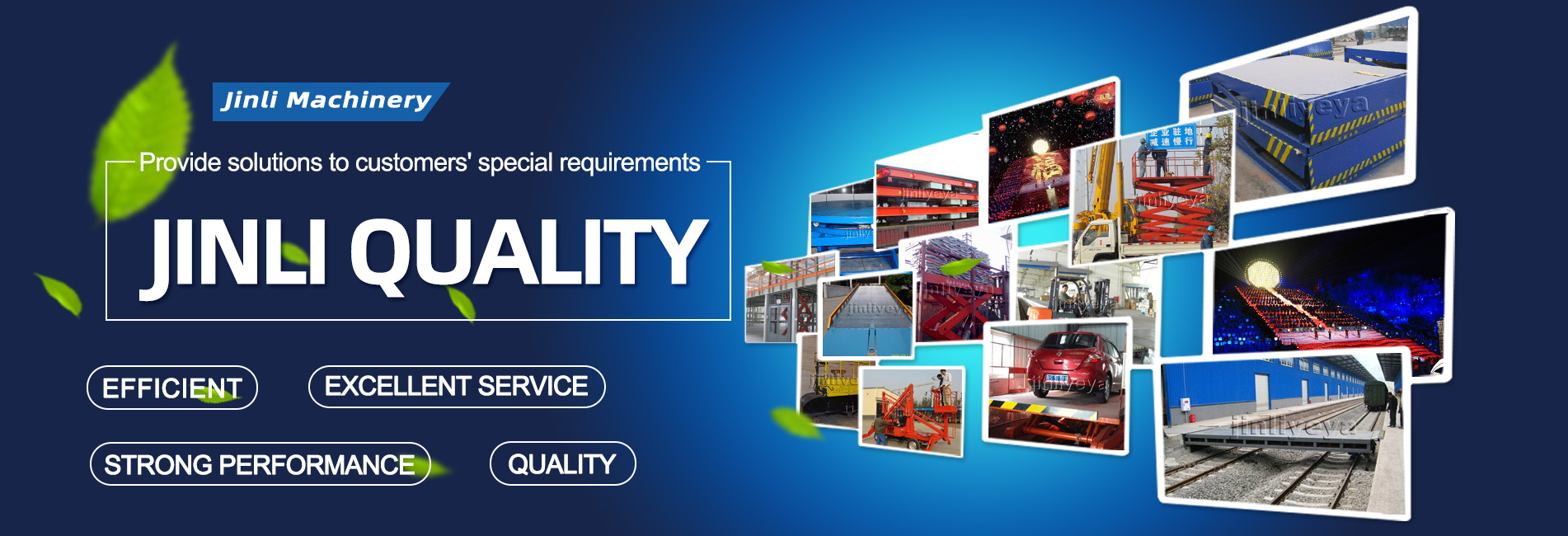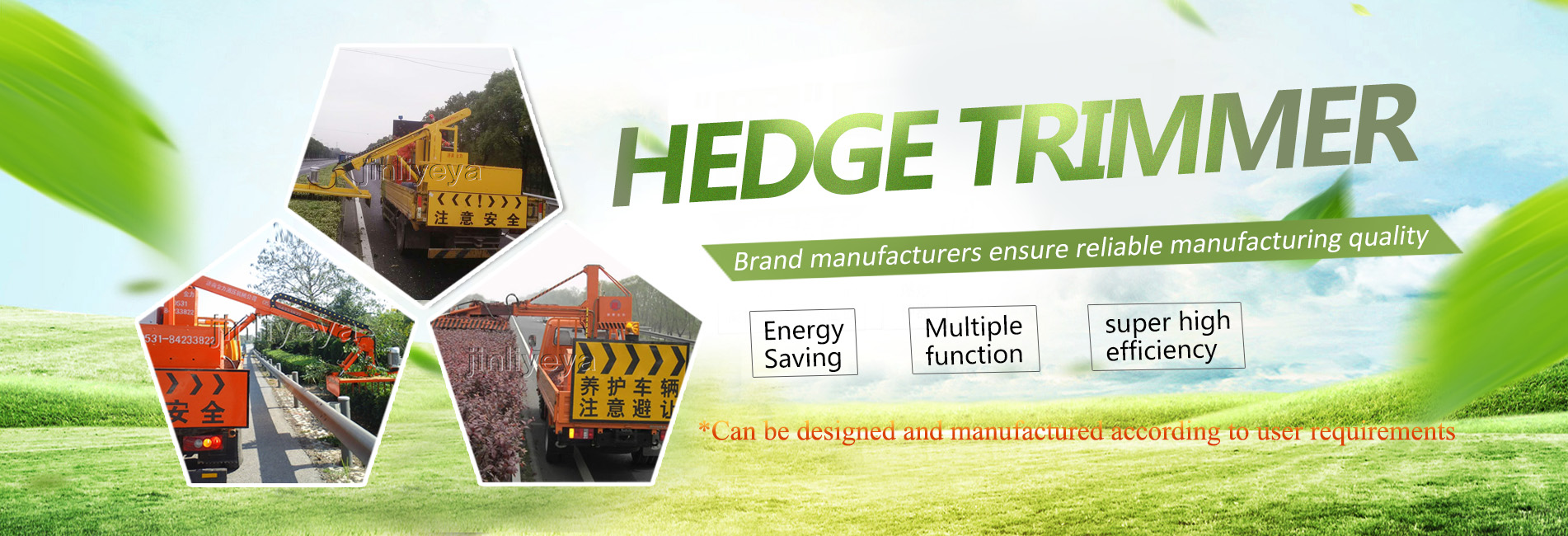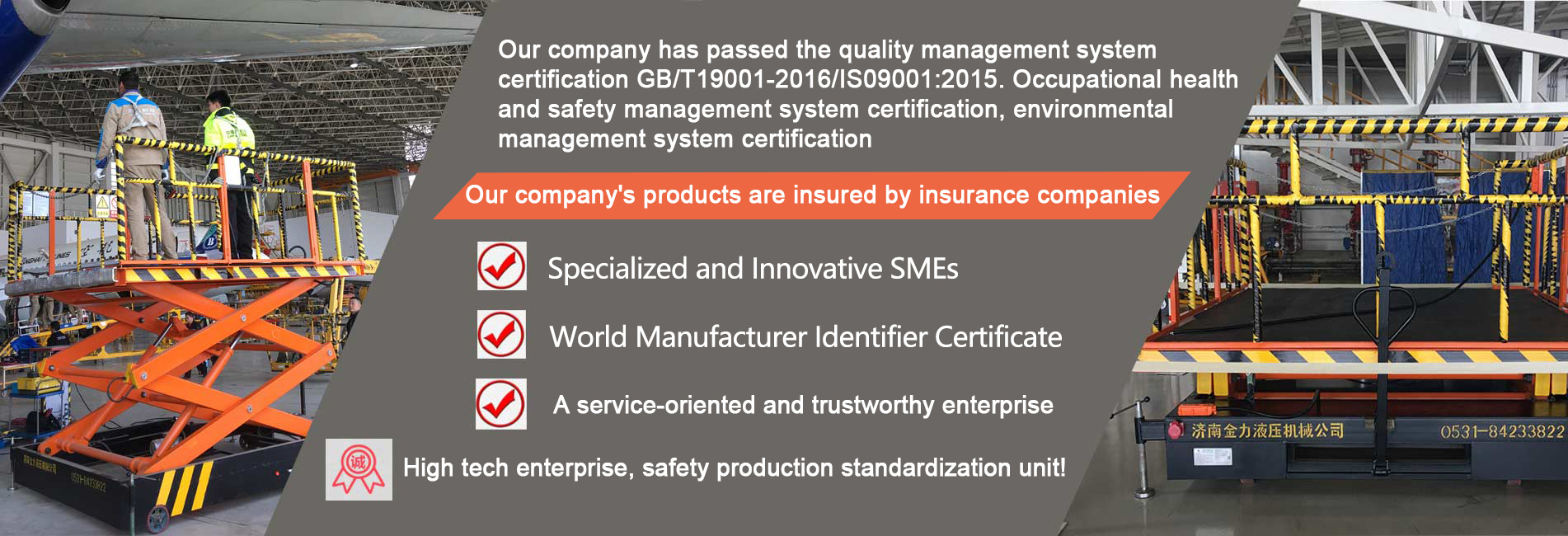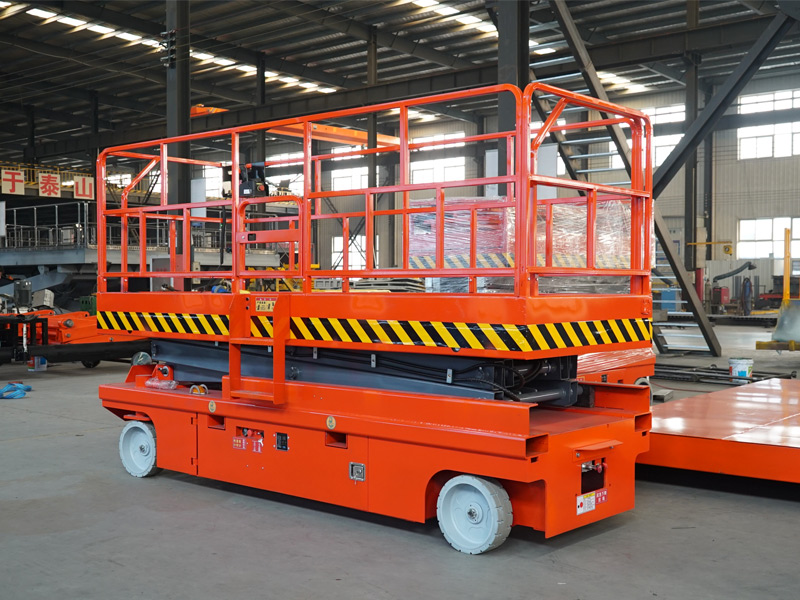
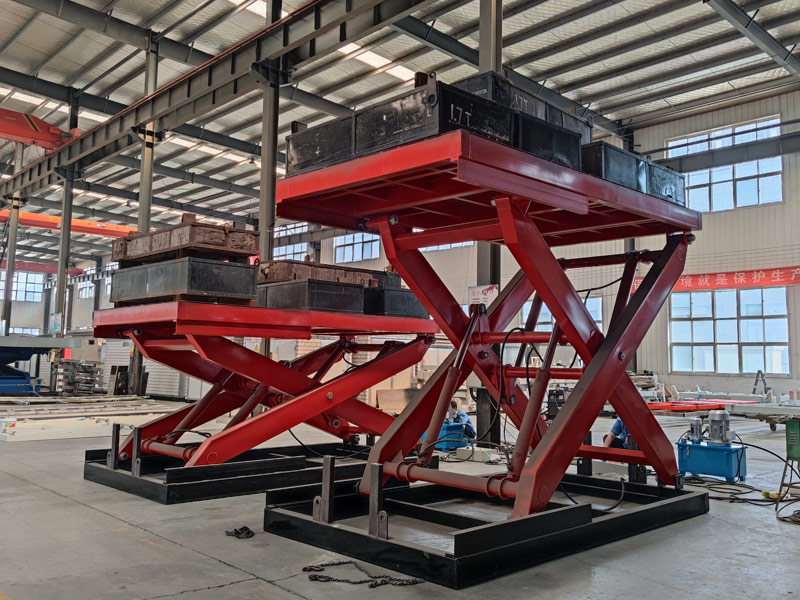
Customization of freight lifting platforms can refer to the following steps:
1. Clarify requirements and specifications. Determine key elements such as product functionality, size, load-bearing range, operating speed, and stability based on actual needs to ensure the selection of appropriate solutions and materials for production preparation. 2. Choose a manufacturer for on-site inspection and understand product parameters and other information to confirm whether they meet your own requirements before signing a contract to start production. 3. During acceptance, be sure to check your goods for defects and quality issues according to the previously agreed standards. If there are no problems, then proceed with the process of signing for payment, etc.
4. Design exclusive exterior and internal structural design drawings based on specific needs and implement them to ensure their safety and practicality. After the final completion of equipment debugging and testing, if there are no faults, it can be put into use and must comply with relevant standards and regulations. In addition, the following precautions can also be considered: - Check that the connections of each component are tight and firm to avoid looseness or detachment- Pay attention to the design and use of protective railings to ensure the safety of operators- There should be an emergency stop device to facilitate timely handling in case of problems- Design a reasonable parking area to facilitate forklift handling operations; Wishing your transport hoist a smooth factory delivery!
The above information is for reference only. If you have any further questions, it is recommended to consult the merchant or relevant personnel for relevant information.


